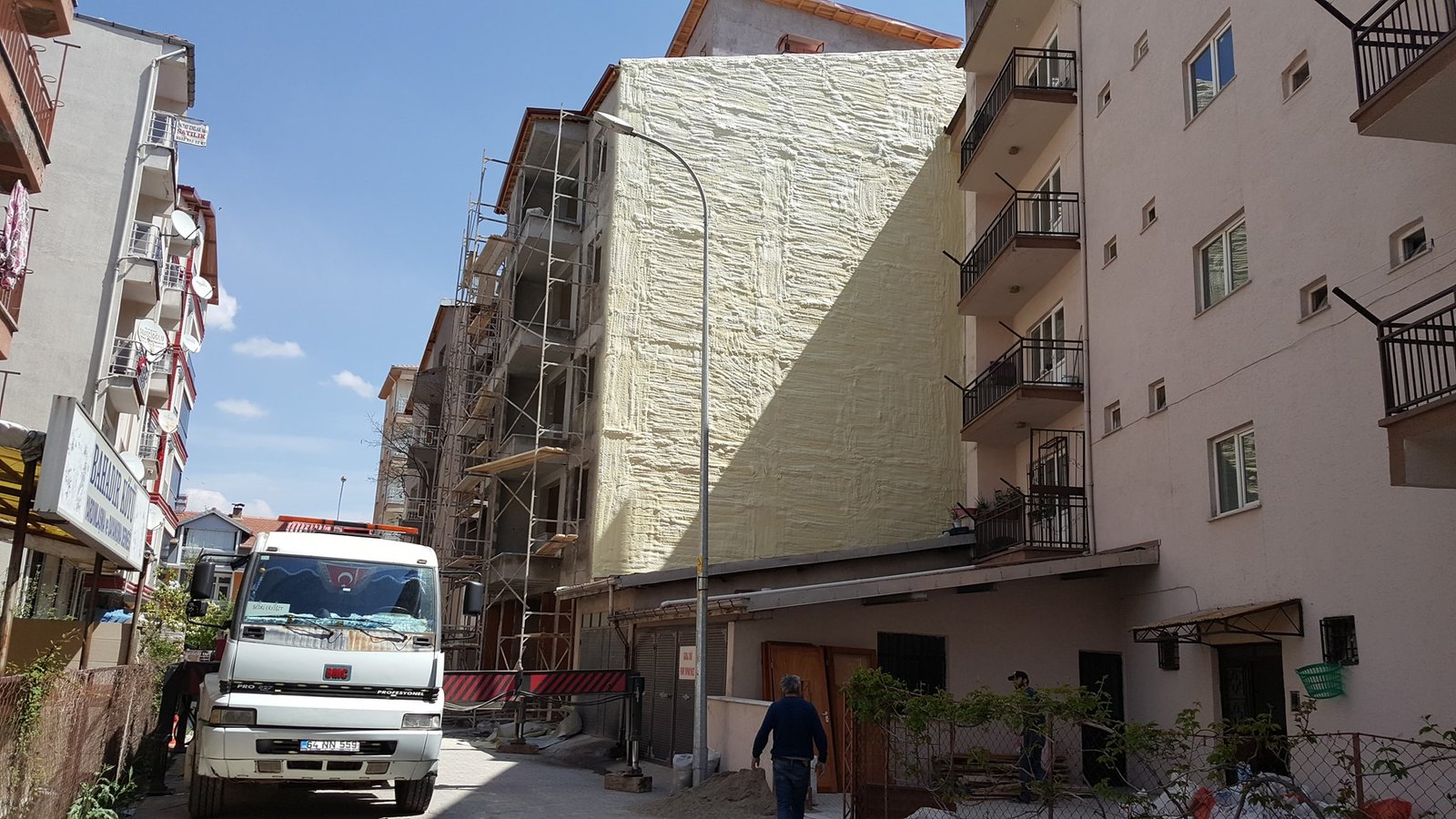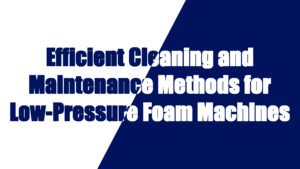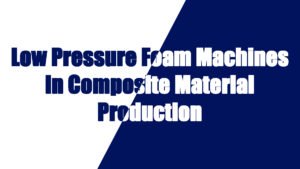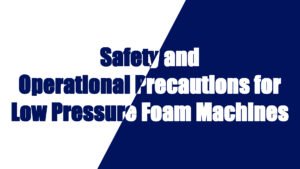Polyurethane spray foam technology has gained significant traction in the costruction industry due to its exceptional thermal performance, cost-effectiveness, and versatility. As global demand for energy-efficient buildings continues to rise, polyurethane spray foam plays a key role in improving energy conservation and reducing environmental impact. This article will explore the wide-ranging applications of polyurethane spray foam in building insulation, particularly its advantages in enhancing thermal insulation and energy efficiency.
Advantages of Polyurethane Spray Foam in Building Insulation
Outstanding Thermal Insulation Properties
Polyurethane spray foam offers superior thermal insulation compared to traditional materials like fiberglass or cellulose. Its ability to form a seamless, continuous barrier prevents heat loss in winter and heat gain in summer, making it widely used in building insulation.
- Low Thermal Conductivity:Polyurethane foam boasts one of the lowest thermal conductivities in the industry, providing outstanding insulation. According to the “Building Insulation and Energy Efficiency Technology Guide,” polyurethane foam has a thermal conductivity of just 0.023 W/m·K, which is 30% lower than fiberglass and rock wool.
- Seamless Coverage: During application, the spray foam expands to fill every gap and crack, ensuring a seamless seal and offering better thermal performance than other materials.
- Moisture Resistance: Polyurethane foam is highly resistant to water, preventing moisture buildup and avoiding mold growth or thermal bridging.
Energy Efficiency and Cost Savings
By significantly reducing heat loss or gain, polyurethane spray foam helps improve energy efficiency in buildings. With better insulation, the need for temperature control inside the building is reduced, leading to lower heating and cooling energy consumption.
- Reduced Energy Consumption:Studies have shown that buildings insulated with polyurethane spray foam can save 30%-50% of energy consumption compared to uninsulated buildings. According to the “Building Energy Efficiency Market Survey Report,” commercial buildings using polyurethane spray foam can reduce heating and cooling costs by up to 50%.
- Long-Term Savings:While the initial investment may be higher than traditional insulation materials, the long-term energy savings quickly offset the initial expenditure. The “Building Insulation Market Report” suggests that the return on investment for polyurethane spray foam insulation typically takes around 3-5 years, after which operational costs drop significantly.
1.3 Sustainability and Environmental Impact
Polyurethane spray foam contributes to building sustainability by reducing the carbon footprint of the structure. By improving insulation, buildings consume less energy, thereby reducing greenhouse gas emissions associated with heating and cooling.
- Eco-Friendly Formulations:Modern polyurethane spray foam often uses water-based blowing agents, avoiding harmful substances such as CFCs or HCFCs, making it more environmentally friendly.
- Reduced Carbon Footprint: Buildings insulated with polyurethane spray foam can significantly lower greenhouse gas emissions. For example, a report from the U.S. Department of Energy showed that buildings insulated with polyurethane foam can reduce over 100 tons of CO2 emissions over their lifetime.
Applications of Polyurethane Spray Foam in Different Parts of Buildings
Polyurethane spray foam can be applied in various areas of buildings to provide thermal insulation, soundproofing, and moisture protection. It effectively enhances the performance of both exterior and interior parts of the building.
Exterior Walls and Facades
Polyurethane spray foam is widely used for insulation in exterior walls. It can be directly sprayed onto the surface of the walls, forming a seamless barrier to prevent air infiltration and heat loss.
- Improved Energy Efficiency: Polyurethane foam sprayed on exterior walls significantly reduces heat transfer, helping buildings stay cooler in summer and warmer in winter.
- Weather Protection: The spray foam also protects exterior walls from moisture infiltration, preventing mold growth.
Case Study:
In a high-rise residential renovation project in New York, USA, polyurethane spray foam was applied to the exterior facade. According to the energy efficiency report for the project, the polyurethane foam exterior insulation system reduced 30% of energy consumption and greatly improved the building’s thermal stability.
Roofs and Ceilings
Polyurethane spray foam is an excellent choice for roof insulation, particularly in flat or low-sloped roofs. When applied to the roof panels, the foam forms a continuous layer that prevents heat from entering the building, reducing cooling costs.
- Superior Waterproofing: Polyurethane foam effectively resists water penetration, making it ideal for roofing applications, especially in rainy regions.
- Heat Resistance: The foam prevents solar heat from penetrating through the roof, maintaining a stable indoor temperature.
Case Study:
In a London, UK industrial warehouse retrofit, polyurethane spray foam was applied to the roof for insulation, successfully reducing the building’s cooling load, with annual energy savings of 20%.
Floors and Ground Spaces
Polyurethane spray foam can also be used to insulate floors, especially in areas with cold ground conditions. The foam can be sprayed directly onto the floor surface to create a thermal barrier.
- Underfloor Insulation: In buildings with underfloor heating, polyurethane spray foam enhances heat distribution, preventing heat loss to the ground.
- Moisture Barrier: Polyurethane foam is highly suitable for basement or crawl space floor insulation, preventing moisture from rising and improving indoor air quality.
Case Study:
In a Melbourne, Australia underground commercial center project, polyurethane foam was sprayed onto the floor, effectively preventing moisture penetration from the ground and improving comfort and energy efficiency.
Market Demand for Polyurethane Spray Foam in Building Insulation
With rising energy costs, increasing environmental awareness, and governments implementing stricter energy efficiency regulations, the demand for energy-efficient insulation materials in the construction industry continues to grow. Polyurethane spray foam, as a leading insulation technology, is meeting this demand.
Growth of the Green Building Market
As various countries implement energy efficiency standards and sustainable building certifications (such as LEED, BREEAM), polyurethane spray foam has become a key material for green buildings. Its exceptional insulation properties, durability, and low environmental impact make it an ideal choice for the construction industry.
Market Data:
- The global green building materials market is projected to grow at an annual rate of 12%, with polyurethane spray foam leading in the insulation sector. According to the “Global Green Building Materials Market Research Report,” the green building market is expected to reach $1.8 trillion by 2027.
- According to industry reports, the global demand for polyurethane spray foam in construction is expected to reach $10 billion by 2027, with the building insulation sector dominating the market.
Increasingly Strict Energy Efficiency Regulations
As governments worldwide impose stricter building energy performance requirements, building owners and contractors are under pressure to adopt advanced insulation technologies. Polyurethane spray foam helps meet these stringent building standards.
Market Data:
For instance, in the European Union, the Energy Performance of Buildings Directive (EPBD) has driven the application of polyurethane spray foam as a high-efficiency insulation material in buildings. The directive requires new buildings to meet specific energy performance standards, and polyurethane foam can easily meet these requirements.
Polyurethane spray foam technology is revolutionizing traditional insulation methods, providing high-performance thermal barriers and significantly reducing energy consumption. Its excellent insulation capabilities, ease of application, and long-lasting durability make it an ideal choice for عزل المباني. As the global demand for energy-efficient and environmentally friendly buildings continues to rise, polyurethane spray foam technology is expected to grow and become an essential component in future construction and renovation projects.
As building owners and professionals increasingly focus on energy efficiency and environmental impact, polyurethane spray foam’s role in the building insulation market will continue to expand, cementing its place as an indispensable material in the construction industry of tomorrow.




































